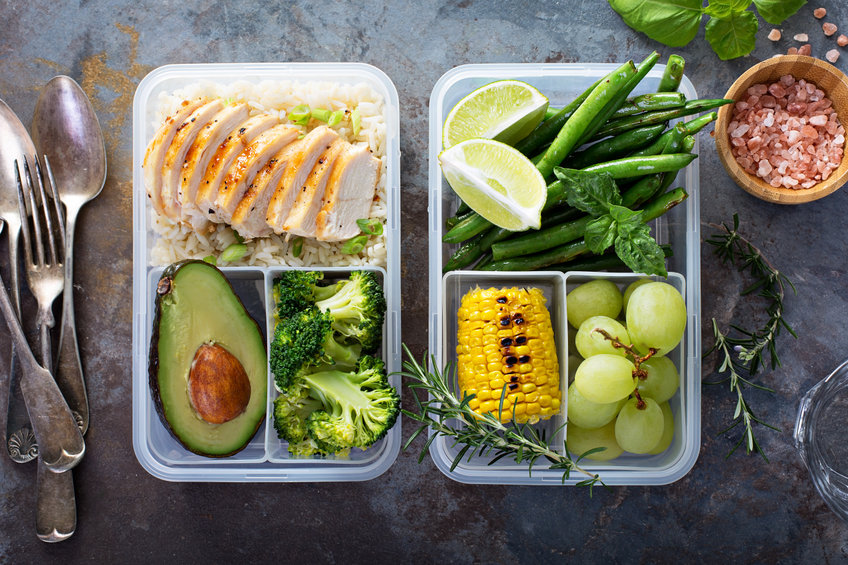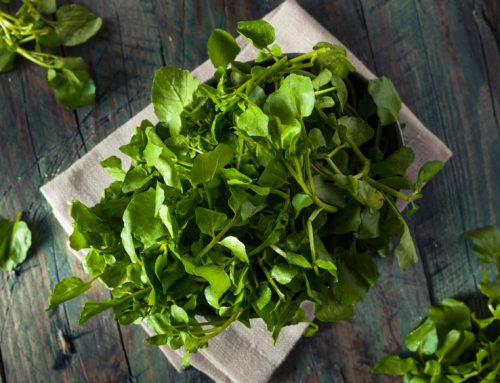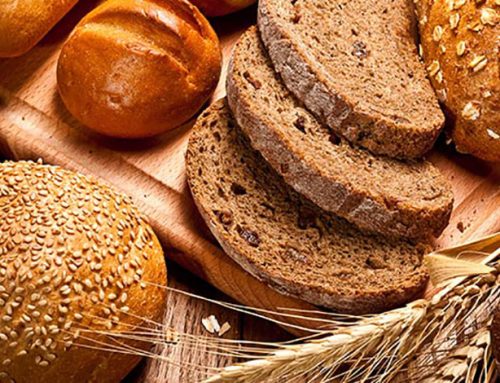We all want a nutritious diet, but many people don’t know what changes to make to get there.
Healthy eating should be a goal all year long. Choosing nutrient-rich foods at the grocery store is a great way to accomplish that goal.
The American Heart Association says research suggests the standard American diet is energy-rich (calorically heavy) but nutrient poor. And according to registered dietician Nicole Osinga, though many people are making smarter food choices, room for improvement remains, especially in regard to limiting consumption of red meat.
What is a Nutritious Diet?
Nutrient-rich foods are those that are high in minerals, vitamins and other nutrients that are vital for health without too much added sugars, sodium and saturated fat. Such foods include fruits, vegetables, whole grains, low-fat dairy, and lean protein sources that can serve as the building blocks of a nutritious diet. These tips can make incorporating nutritious ingredients even easier.
How to Eat a More Nutritious Diet
Here are 5 easy ways to make your diet healthier:
1. Read nutrition labels
The Nutrition Facts label included on items sold in North America is a significant source of information. Consumers may only read the first few lines, but it’s best to read the entire label before deciding whether or not to purchase a given product.
Some foods may feature endorsements on their packaging and the inclusion of such labels indicates they’re healthy choices. For example, the American Heart Association’s Heart-Check mark indicates the product aligns with their recommendations for an overall healthy eating plan.
2. Choose more whole grains
Whole grains are low in fat and high in fiber. They’re also a smarter source of carbohydrates because they contain complex carbs that keep a person feeling fuller longer. Try to avoid products labeled as “enriched,” as they’ve had the germ and bran removed from the grain to produce a smoother texture, which means they need to be refortified with nutrients.
3. Eat dark, leafy greens
Green vegetables are rich in vitamins, minerals, phytonutrients, and plant-based omega-3 fatty acids. Kale, spinach and collard greens can be added to soups, stews, scrambled eggs, and salads for a powerful punch of nutrition.
4. Pick pulses
Pulses are essential to plant-based diets, but they also can be enjoyed by meat eaters. The Global Pulse Federation says pulses, which include foods like lentils and chickpeas, are rich in protein and fiber and low in fat. They also contain complex carbohydrates that take longer to break down. Research shows pulses can lower blood cholesterol, reduce blood pressure and help with weight management.
5. Go with skim or low-fat dairy
Dairy products are rich in calcium and vitamin D, but those nutrients may come at the cost of saturated fat. Nicole Osinga recommends choosing reduced fat dairy options in recipes and when snacking.
But there is a split in recommendations on this topic. Here’s another opinion on the topic:
If dairy foods are consumed at the suggested serving size and don’t contain added sugars (like flavored yogurts), full-fat dairy foods can be consumed regularly within the context of a healthful diet. Without the regular consumption the recommended three servings of dairy foods daily, it can be difficult to meet daily nutrient needs for calcium, potassium, vitamin D, magnesium and vitamin A. If drinking and eating whole milk dairy means it will actually be eaten and enjoyed, grab a spoon and a glass!
These are just some of the ways individuals can make their diets more nutritious.
Click here to read more about a nutritious diet.







